European flat oysters show improved sexual development, higher omega-3 levels compared to traditional live algal diets
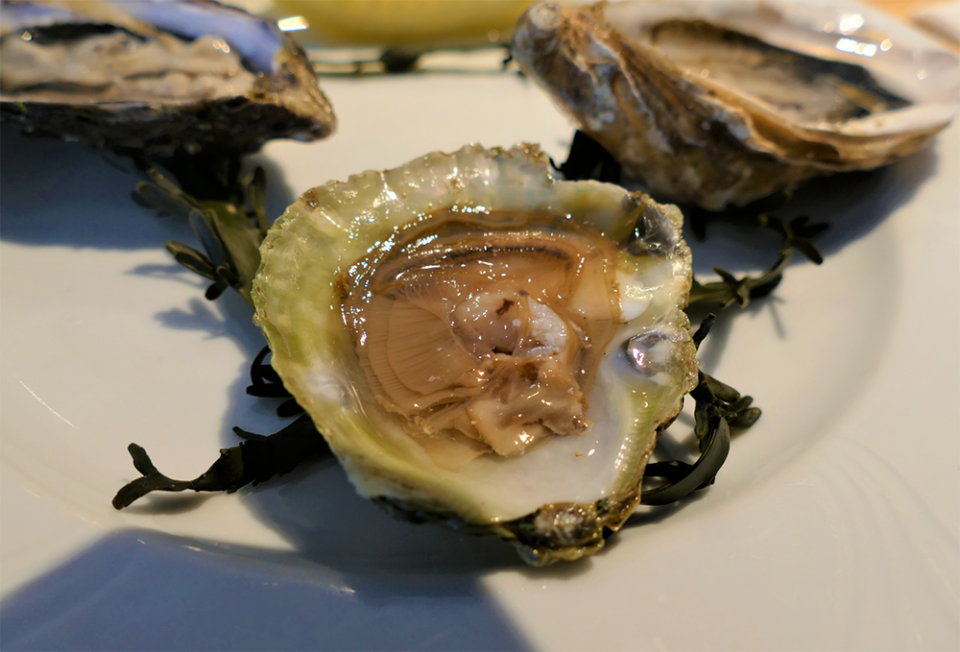
The U.S. $17.2 billion global bivalve shellfish industry relies upon a supply of juvenile bivalves produced by adult broodstock in hatcheries. Current estimates suggest 220 million broodstock bivalves are held in hatcheries worldwide, and these animals must be fed live algae. Algal production in hatcheries makes highly inefficient use of land and energy. Typical hatcheries require 400 square meters of algal tanks to maintain just 400 broodstock, equating to 220 million square meters worldwide, an area larger than Washington, D.C. And high-intensity artificial lighting, temperature and air control systems are needed to support algal growth.
Furthermore, algal stocks are difficult to maintain and frequently are lost due to contamination and disease, so larger quantities must be produced, to the extent that each unit of viable hatchery-grown algae is 20-fold more expensive than units grown in contamination-free commercial photobioreactor facilities, accounting for 50 percent of bivalve production costs at $220 per kg of algal biomass in 2016. And algal production presents a major disease control issue, with live algal feeds as a primary vector of bivalve disease.
New advances in algal production and microencapsulation technology offer a groundbreaking solution to reduce the environmental footprint of bivalve aquaculture. The microalgae Schizochytrium can be grown on industrial scales for $1.50 per kg, using low-cost food waste and agricultural side-streams as inputs. For bivalve nutrition, Schizochytrium offers key nutrients such as docosahexaenoic acid (DHA) exceeding 20 percent dry weight, over twice the abundance of DHA in hatchery-grown algae. Mass production is simple and cost-effective, and the microcapsules dry and shelf-stable, thus circumventing conventional feed wastage costs. Microcapsule characteristics can be tailored to maximize feeding efficiency and minimize nutrient leaching to water, while also being sterile and not a disease vector.
This article – adapted and summarized from the original publication (Willer, D.F. et al. 2020. Microencapsulated algal feeds as a sustainable replacement diet for broodstock in commercial bivalve aquaculture. Sci. Rep. 10, 12577) – details the development and testing of a microencapsulated diet from the microalgae Schizochytrium with European flat oyster (Ostrea edulis) broodstock.
Study setup
Lipid-walled microcapsules containing 50 percent powdered Schizochytrium algae by weight were manufactured under patent by BioBullets (BioBullets Ltd, Cambridge, UK). All components of the formulation were food grade. The final microcapsules had a diameter between 20 and 140 µm, spherical shape, and had near neutral buoyancy.
Conditioning experiments on O. edulis broodstock were carried out under commercial production conditions at SeaSalter Shellfish (Whistable) Ltd. in Kent, England. The experiments took place over six weeks using three flow-through tanks kept at ambient hatchery temperatures (18 to 24 degrees-C) and salinities (26 to 28 ppt). Each tank contained 15 O. edulis broodstock and received one of the following three diets: live algae (SeaSalter’s formulation), microcapsules (BioBullets) or algae + microcapsules.
Each feed was fed daily at 3 percent dry weight of feed per mean gram dry weight of broodstock, so oysters on the algae + microcapsules diet received twice as much food as oysters on the single food diets. Feed was delivered using a continuous system with a flow-through rate of 10 ml per minute. At the end of the six-week conditioning period, all broodstock were frozen and transported to the Department of Zoology, University of Cambridge, England, where they were processed for analysis. Before the conditioning period began an additional sample of 15 broodstock was also transported to Cambridge and also frozen for use as pre-conditioning controls.
For detailed information on the experimental design and setup; animal husbandry; collection of oyster gonad samples; fatty acid and lipid analyses; sexual maturation analyses; and data processing and statistical analyses, refer to the original publication.
Results and discussion
There are major sustainability advantages for replacing live algal feeds with microencapsulated feeds in bivalve aquaculture, including 20-fold reductions in energy use, carbon emissions and production costs. However, for replacement to be commercially viable it is critical to assess whether microencapsulated feeds provide comparable sexual development in bivalve broodstock compared to conventional algal feeds.
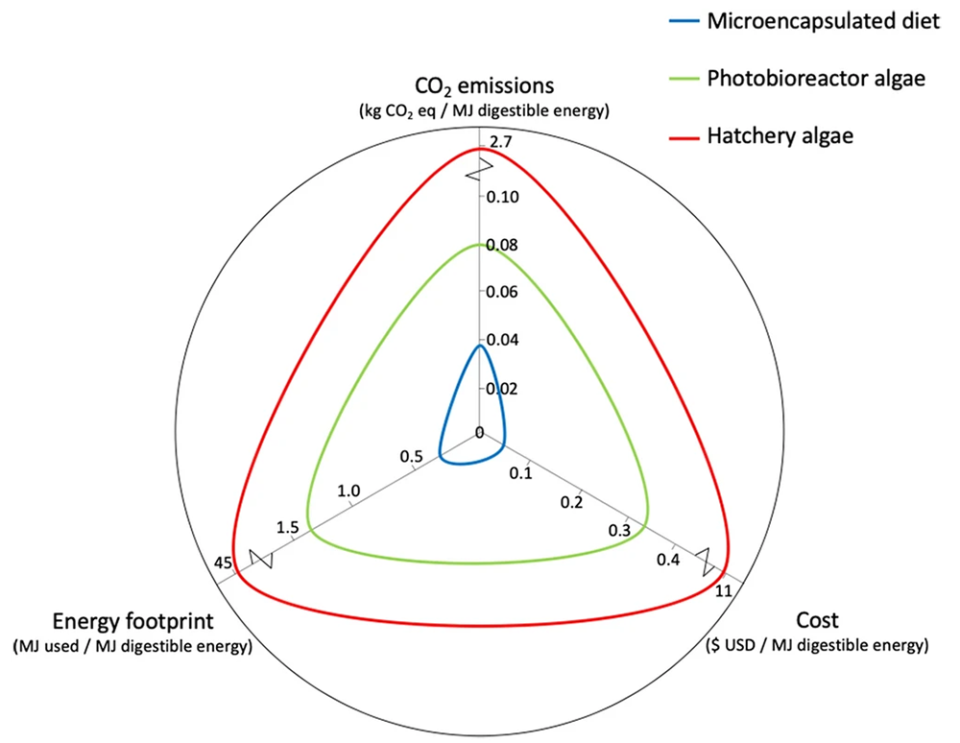
Our investigations demonstrated that Schizochytrium-based microencapsulated diets enabled not only comparable but improved sexual maturation in O. edulis broodstock compared with conventional live algal diets. The gonads of oysters fed microencapsulated diets had greater weight, contained higher levels of omega-3 fatty acids crucial for sexual maturation, and underwent accelerated spermatogenesis [process of development of the sperm cells within the male reproductive organs].
Of particular importance are the large increases in the omega-3 fatty acids eicosapentaenoic acid (EPA) and docosahexaenoic acid (DHA) in microcapsule-fed relative to algae-fed oysters. EPA is the primary energy source for gamete maturation, with higher levels directly increasing gamete quantity and development rate. DHA is pivotal to the structure and function of gamete cell membranes, with higher levels increasing gamete quality and egg survival rates. High levels of EPA and DHA in the Schizochytrium-based microcapsules are likely driving this increase.
To date there is no clear evidence that either fatty acid can be synthesized de novo (new) by oysters from shorter chain precursors. The more rapid advance of spermatogenesis in oysters fed a microencapsulated diet is likely being driven by the greater levels of EPA and DHA in these animals, a causal relationship demonstrated and supported by several previous studies. This offers strong support for the use of microcapsules as a broodstock conditioning feed.
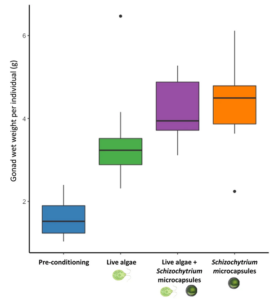
It is important to consider that, for future application, the nutritional formulation of the microcapsules would need to be tailored further for increased protein content or fed alongside a quantity of live algae. The current protein content of the microcapsules is lower than that of live algae (6 vs. 31 grams protein per 100 grams dry weight). Protein is important in bivalve larval development and for shell formation, and if insufficient, juvenile growth can be suppressed. There would be significant value in performing additional studies investigating the effectiveness of a higher protein formulation of microcapsules on bivalve broodstock conditioning and juvenile development.
Regarding the newly developed microcapsules, their size is tailored to maximize bivalve feeding efficiency (20 to 140 µm diameter), and buoyancy neutral to ensure particles remain within reach of the filter feeders. This is an improvement over a basic, freeze-dried, algal powder delivery system; powders tend to float on the water surface and can clump into particles too large to be accessed by bivalves. The specialized coating allows delivery of low molecular weight, water soluble compounds, alongside fatty acids, with minimal leaching to the surrounding water, reducing eutrophication risks. The encapsulant also has strong antibacterial properties, and contents are sterile, which reduce disease incidence in aquaculture relative to live feeds.
Improvement of the physical characteristics of the microcapsules is possible. For example, while we know that capsules of 20 to 140 µm can be ingested by oysters, it would be useful to perform a study to investigate the filtration and ingestion of different sizes of microcapsule within this range to identify the preferred specific capsule diameters for both bivalve broodstock and juveniles.
Regarding sustainability and commercial implications, the use of live algae requires the use of significant resources and energy use in bivalve production. Our research demonstrated that sustainable Schizochytrium-based microencapsulated diets can help support more effective sexual maturation in oyster broodstock. Further research could help open up the opportunity to upscale production and associated infrastructure to allow microencapsulated diets to partially or fully replace live algae in hatcheries.
However, given that microencapsulated diets enabled not only comparable but improved sexual development in bivalve broodstock, there is potential to reap even further commercial and sustainability benefits. Higher quality broodstock with greater lipid stores directly translates into higher quality seed with a greater inherent survival rate. More rapid sexual maturation enables seed production earlier in the season, giving the seed a longer growing period prior to their first overwintering, with corresponding greater size and cold tolerance increasing survival.
Increased sexual maturation rates also mean shorter conditioning cycles and greater larvae production for a given hatchery each year, increasing the total output of bivalve seed. As the supply of bivalve seed is one of the biggest factors limiting the growth of the bivalve industry, with demand far outstripping supply, microencapsulated feeds could play an important role in enabling the bivalve industry to expand. Key next steps towards reaching this goal will include further tailoring of the microcapsule formation for increased protein content and use-specific size profile to maximize ingestion efficiency and bivalve growth.
Perspectives
Bivalve aquaculture is more environmentally sustainable than other forms of aquaculture and meat production, and even some cereal crops. For example, for every new ton of protein that is produced from bivalves instead of fish aquaculture, we spare 9 hectares of land, 67 tons carbon dioxide emissions, and 40,000 liters of fresh water. Any technology, such as microencapsulated diets, that might enable bivalve aquaculture to grow should be viewed as of great benefit and a worthwhile recipient of further research and industry attention.
And live algae remain a key component in the $99.3 billion fish aquaculture industry, where application of microencapsulated diets would also be appropriate. New microencapsulated diets derived from aquacultural waste streams could contribute towards a step change in sustainable global food production through improved industry practices.
Now that you've reached the end of the article ...
… please consider supporting GSA’s mission to advance responsible seafood practices through education, advocacy and third-party assurances. The Advocate aims to document the evolution of responsible seafood practices and share the expansive knowledge of our vast network of contributors.
By becoming a Global Seafood Alliance member, you’re ensuring that all of the pre-competitive work we do through member benefits, resources and events can continue. Individual membership costs just $50 a year.
Not a GSA member? Join us.
Authors
-
David F. Willer, Ph.D.
Corresponding author
Department of Zoology
The David Attenborough Building
University of Cambridge
Pembroke Street, Cambridge, CB2 3QZ, UK -
Samuel Furse, Ph.D.
Institute of Metabolic Science
Addenbrookes Hospital
Cambridge, CB2 0QQ, UK -
David C. Aldridge, Ph.D.
Department of Zoology
The David Attenborough Building
University of Cambridge
Pembroke Street, Cambridge, CB2 3QZ, UK
Tagged With
Related Posts
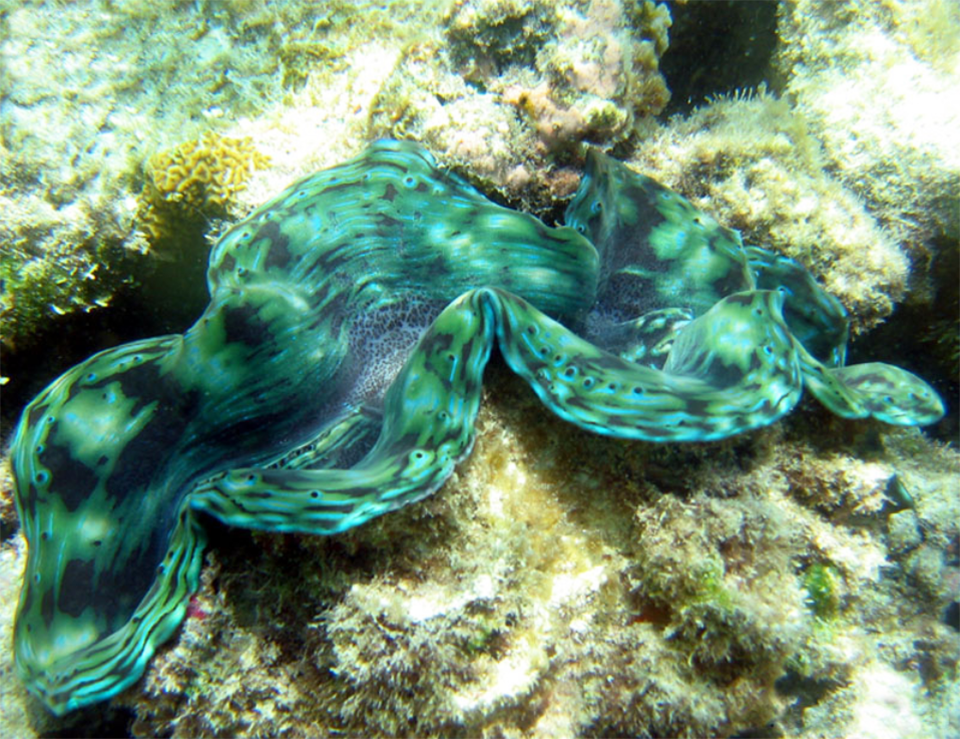
Responsibility
A global overview of restorative shellfish mariculture
A review of restorative shellfish mariculture case studies around the world to identify emergent patterns across species and ecoregions.
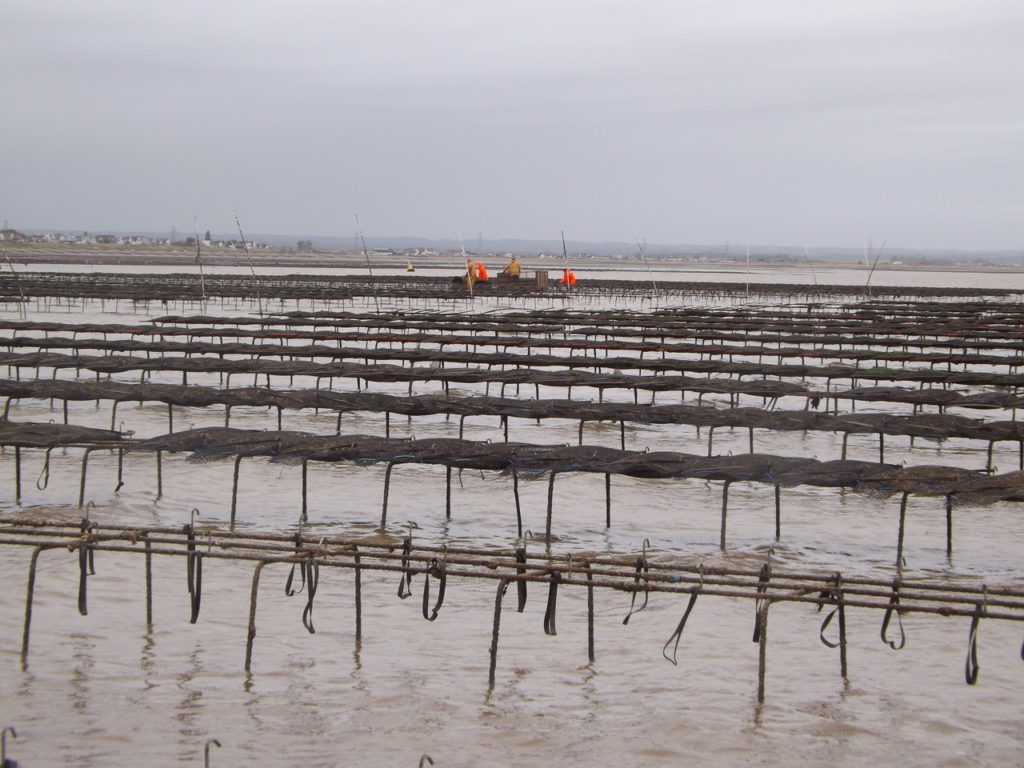
Intelligence
Aquaculture has put the oysters back in Oyster Town
Whitstable Oyster Fishery Co. aims to safeguard the English town’s rich oyster tradition. Farming triploid oysters on racks in intertidal zones has made a "massive difference," says the company's managing director.
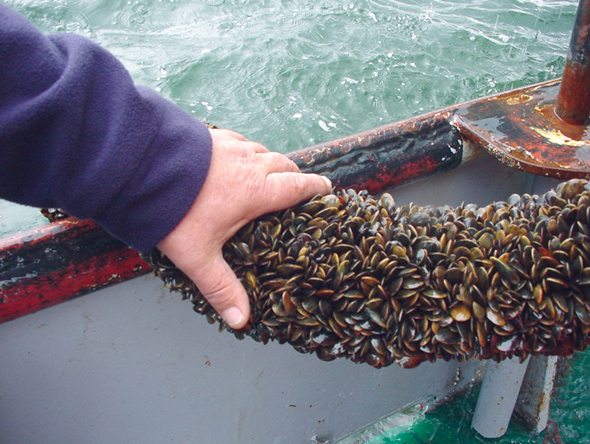
Health & Welfare
Shellfish innovations in the Netherlands: Mussel seed collectors
The main reason for recent declines in blue mussel yields in the Netherlands was lower availability of mussel seed. Mild winters have increased the number of predators, which can decimate mussel stocks.
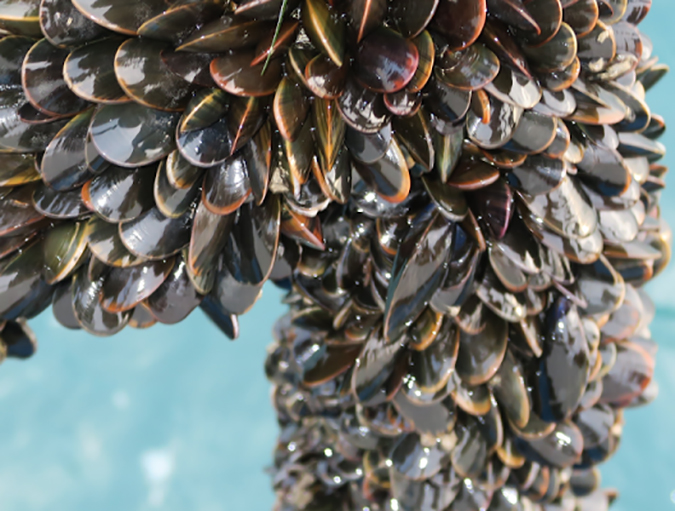
Innovation & Investment
Pioneering U.K. mussel farm channels innovation, ambition
John Holmyard’s family has navigated a complex journey to get their rope-grown mussel farm operational in the waters off southern England. Offshore Shellfish Ltd. has solved the puzzles of bespoke equipment, a perplexing permitting process and the social license to operate.



